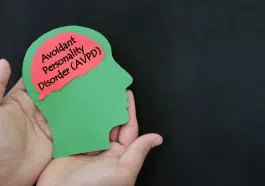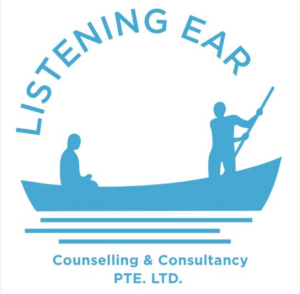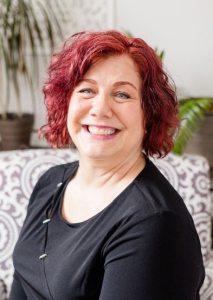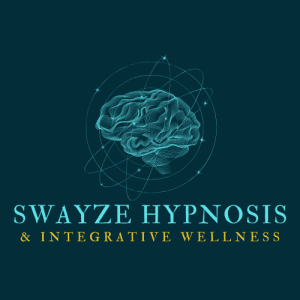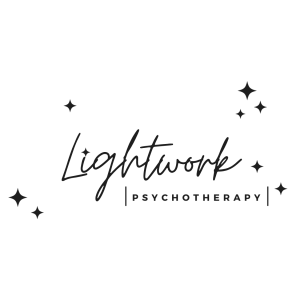Obsessive-compulsive disorder (OCD) refers to a form of the disorder where people have unwanted thoughts, sensations (obsessions), and ideas that keep on recurring in their minds making them develop compulsions (urge to do something repetitively). These compulsions may affect a person’s routine of carrying out their daily activities.
People without OCD may have recurring and distressing thoughts, but they may not affect their productivity and normal daily activities. On the other hand, people with OCD cannot control their thoughts, leading to rigid behaviors. In some instances, a person may realize that they have unrealistic obsessions that are not realistic but aren’t able to disengage from them and control the compulsions. Others have limited insight and believe that the habits are realistic and continue performing the compulsions.
Sometimes you may assume the distressing obsessions, but the urge continues until you are driven to compulsive acts, which can moderately reduce anxiety. The obsessions might keep on haunting your mind for a long time, leading to a vicious cycle of ritualistic behaviors.
This article looks into what OCD is, its symptoms, causes, and everything you need to know about it.
What are Obsessions?
Obsessions are persistent and repetitive thoughts, images, ideas, or impulses that keep on haunting your mind causing distressful feelings and emotions such as disgust, fear, and anxiety. These obsessions can be because of unreasonable and excessive thinking and can’t be solved by reasoning. People overcome these thoughts by engaging in compulsive behaviors that tend to distract their minds from thinking.
Common types of typical obsessions include:
- Fear of discarding or losing something or someone
- Sexual images and thoughts
- Too much concern for symmetry, precision, and order
- Repetitive, intrusive thoughts of words, images, sounds, or numbers
- Fear of coping with insults and obscenities
Signs and symptoms of obsession include:
- Doubts you have done something you were not to do
- Horrific thoughts of misbehaving before people
- Fear not to touch contaminated surfaces others have touched
- Avoiding shaking hands which can trigger obsessions
- Stress when things are not symmetry
What are Obsessive-Compulsive Disorder Compulsions?
OCD compulsions are recurrent mental acts and behaviors that a person obsessed feels driven to perform to distract the mind. The actions tend to lower the anxiety and distress a person has. Compulsions usually directly relate to obsessions, where a person does what seems to be the solution to the obsession. For instance, a person may wash their hands immediately after shaking hands, fearing contamination from others.
Common typical Compulsions include:
- Counting
- Asking for reassurance
- Orderliness
- Frequent checking
- Cleaning and washing
Signs and symptoms of Compulsion include:
- Repeatedly asking for reassurance from others
- Constantly confirming if you have done what you were to do, e.g., checking you have switched appliances
- Arranging things in a specific way/symmetry
- Frequent washing of hands, brushing teeth, etc
- Constant cleaning of home objects
Causes of Obsessive-Compulsive Disorder
Common determinants include:
- Life events – OCD can be frequent to people neglected, bullied, or abused. It makes a person develop obsessive thoughts and feel discriminated against. It may also start from an event like bereavement and childbirth.
- Personal attributes – people with high standards, meticulous, neat, and organization are more likely to develop OCD. Others are the quiet ones who maintain themselves too much not to interfere.
- Family genes – since OCD is contained in the genes, it may affect people from the same family.
- Condition of the brain – most people who develop OCD have high chances of low serotonin levels, a chemical in the brain compared to others.
Others include:
- Losing loved ones
- An abrupt change in living condition
- Illness
- Complications in school and workplaces
- Non-working relationships
Types of Obsessive-Compulsive Disorder (OCD)
Common OCD types include:
Harm Obsessive-Compulsive Disorder
A person develops solid feelings and thoughts of harming themselves or others. Such ideas can be avoided or relieved by using checking rituals.
It mainly happens when you do something accidentally and develop extreme feelings about it. In such cases, you may be compelled and create the urge to confirm if you did that thing. For instance, you may feel angry and attempt to harm yourself or anyone near you.
Hoarding OCD
Hoarding OCD is identified as DSM5 in its diagnosis. A person who develops hoarding OCD may collect invaluable items like containers, newspapers, and clothing and store them. High chances of anxiety and depression usually accompany it. It can also occur without an OCD diagnosis.
Contamination OCD
Cleaning or contamination OCD mainly develops when a person fears being contaminated by holding others or surfaces. A person may also be afraid to contaminate others. It results in discomfort as you assume the uncleanliness of others and surfaces. Most people suffering from this will frequently wash their hands.
Symmetry/Counting Obsessive-Compulsive Disorder
Symmetry/order OCD is when people develop the urge to arrange things until they are impressed. They tend to believe something has to be in a unique arrangement. They could set things according to color, age, or tier perspective. When socializing with these groups, you may have to repeat specific phrases or words until they are content with how they think you should say them.
Obsessive-Compulsive Disorder Treatment
Different types of OCD may require other treatments due to their various symptoms. When finding a cure, consider your symptoms and the extent to which you are in the condition to get the treatment that best suits you.
Main treatment methods include:
Psychological Therapy—CBT (Cognitive Behavioral Therapy)
It involves putting away fears and thoughts without engaging in compulsive behaviors. CBT takes a shorter time to heal the condition than SSRIs.
Medicine
There is a standard antidepressant medication known as serotonin reuptake inhibitors (SSRIs). It helps in altering the condition of serotonin cells in your brain.
SSRIs may take months before you notice it has affected your body. Nonetheless, it will heal the condition, just like CBT.
Sometimes your doctor may prescribe a combination of the two depending on your condition or if one does not work.
You may be required to visit a mental health specialist for further treatment.




